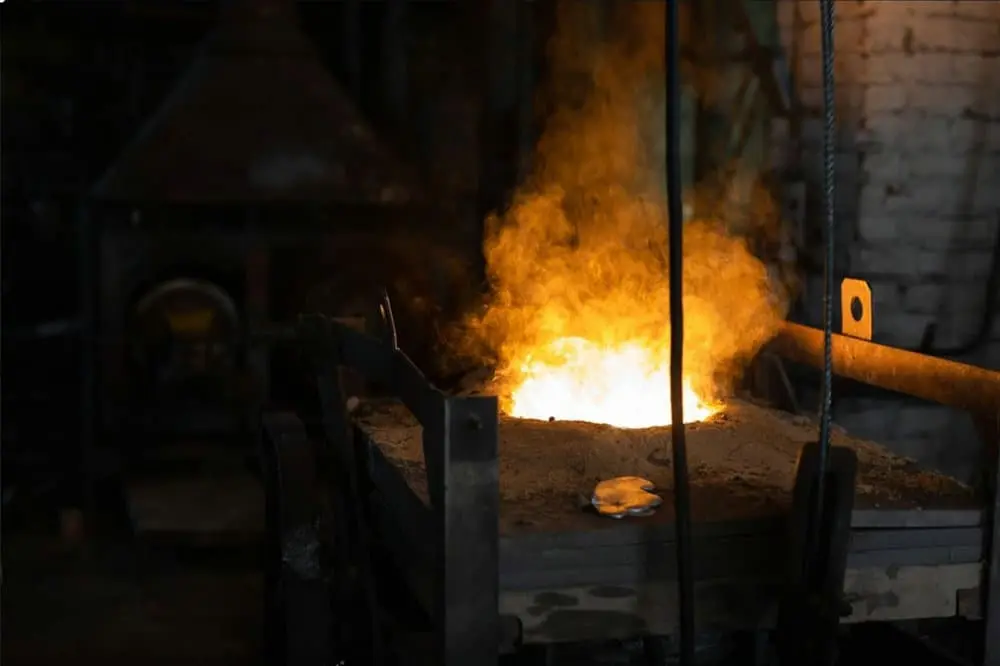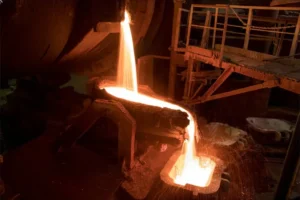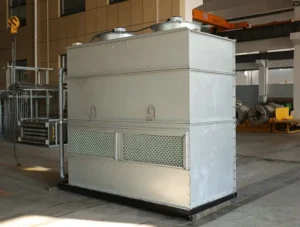Một quan niệm sai lầm phổ biến tồn tại giữa nhiều nhà khai thác lò công nghiệp: as long as the furnace lining shows no obvious cracks or spalling, it can remain in service. This view, Tuy nhiên, ignores a critical performance indicator of refractory materials—”fatigue life.”
Even when appearing intact, the lining’s internal structure undergoes “fatigue” and degradation from repeated thermal expansion and contraction cycles, creating serious safety hazards.
Vì thế, establishing and adhering to a regular lining replacement schedule is essential.
Các “Fatigue” of Refractory Materials
Similar to how metal components fracture under repeated stress, Vật liệu chịu lửa, which act as the “protective shield” for industrial furnaces, also experience a “fatigue” process during long-term exposure to periodic heating and cooling. The lining expands at high temperatures and contracts upon cooling. This repeated thermal cycling generates cyclical stress within the material.
Theo thời gian, even if these stresses do not reach a level sufficient to cause visible cracks, they inflict irreversible damage to the material’s microstructure.
- Formation and Propagation of Micro-cracks: New, minute cracks can form with each thermal cycle, while existing ones gradually expand and interconnect. These cracks are initially too small to be detected but continuously weaken the material’s overall structural integrity.
- Decrease in Bonding Strength: Refractory materials are typically composed of aggregates and binders. Repeated temperature fluctuations can degrade the binder’s performance, reducing its bonding strength with the aggregates. This is analogous to the cement in a concrete structure gradually turning to powder; while the shape remains, its load-bearing capacity is severely compromised.
- Changes in Material Phase: Under prolonged high-temperature conditions, the crystal structure of some refractory materials may transform, creating new mineral phases with inferior properties. This phase change can be accompanied by volume changes, further exacerbating internal stress and leading to material degradation.
Sự an toàn Hazards Caused by “Fatigue”
When a lining’s “fatigue” accumulates to a certain point, it may be in a critical, hazardous state even if its surface appears “intact”.
- Significant Decline in Insulation Performance: An increase in internal micro-cracks and a looser structure will drastically reduce the lining’s thermal insulation capabilities. This not only leads to a sharp rise in energy consumption but, more dangerously, can cause the furnace shell’s temperature to exceed its design limits.
- Increased Risk of Shell Burn-Through: Once the furnace shell’s strength is compromised by localized overheating, it becomes highly susceptible to deformation or even burn-through. A leak of high-temperature molten material or gas could trigger catastrophic events such as fires or explosions, posing a massive threat to personnel and equipment.
- Unplanned Shutdowns and Production Losses: MỘT “fatigued” lining can suffer sudden collapse or large-scale spalling at any moment, forcing an interruption in production and causing significant economic losses. Ngược lại, a planned, scheduled replacement involves far lower costs and less impact on production.

Scheduled Replacement is a Necessary Safety Measure
Industry best practices and standards widely emphasize that the “appearance” of a lining should not be the sole criterion for determining its replacement needs. Because operating temperatures, heating/cooling rates, usage frequency, and furnace atmospheres vary greatly among different industrial furnaces, Một “Một kích cỡ phù hợp với tất cả” replacement schedule does not exist.
Vì thế, companies should establish a scientific lining management and maintenance system based on their specific equipment and process characteristics.
- Establishing Detailed Operational Archives: Record key data for each furnace, such as operating hours, temperature curves, and the chemical composition of fuels or processed materials.
- Conducting Regular Professional Inspections: Hire professional refractory engineers or service providers to periodically inspect and evaluate the lining. This may include infrared thermography, thickness measurements, and sample analysis to scientifically assess the lining’s internal health.
- Developing a Replacement Plan: Based on operational data, professional inspection results, and manufacturer recommendations, create a reasonable preventive replacement cycle for each furnace and strictly adhere to it when the service life is reached.
Phần kết luận: Applying the “if it isn’t broken, don’t fix it” mentality to furnace lining management is extremely dangerous. We must fully recognize the objective reality of “fatigue life” in refractory materials. Only through scientific management and scheduled maintenance and replacement can we effectively mitigate the safety risks associated with degraded lining performance, ensuring production stability and personnel safety.







